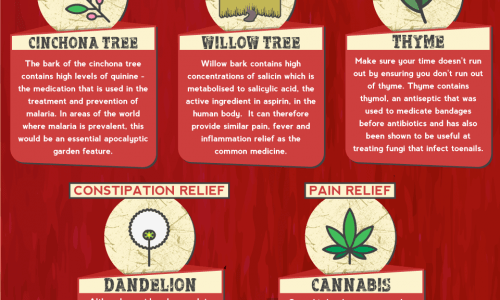
For those of you unfamiliar with the concept of allotment gardens, today’s infographic takes a look at the benefits and details of owning and/or renting your own sustainable, personal garden plot. Allotment gardens have not historically been a staple of American culture, but overseas they have been a thriving source of natural, homegrown fruits, vegetables, and livestock to city dwellers for centuries.
Following the Industrial Revolution in Europe during the 18th century, once-rural workers moved to cities, and were forced to leave behind their agricultural farming practices. In attempts to find an affordable source of nutrition while living in cities, these new urban dwellers began to build gardens on the outskirts of cities to supply themselves with a cheap, sustainable food source.
Today, allotment gardens exist mainly to provide European urban populations with a source of organic food unharmed by pesticides and chemicals used by large-scale produce distributors. According to today’s infographic, when used efficiently, allotment plots can “provide enough land to feed a family of four for a year.” At an average rate between £25-£125 ($40 -$200) per year to rent, allotment gardens provide those seeking to live a healthier, more organic lifestyle with an affordable, personal space to do so.
Unfortunately, allotments have been decreasing in popularity and frequency. Rapid urbanization and technological advancements have decreased the number of allotments by 80 percent in the last 75 years. With the green initiative of modern day society though, allotment gardens have a chance to make a comeback. If re-popularized, allotment gardens can offer a small-scale solution to modern day environmental and health concerns. Check out today’s infographic for more info.





